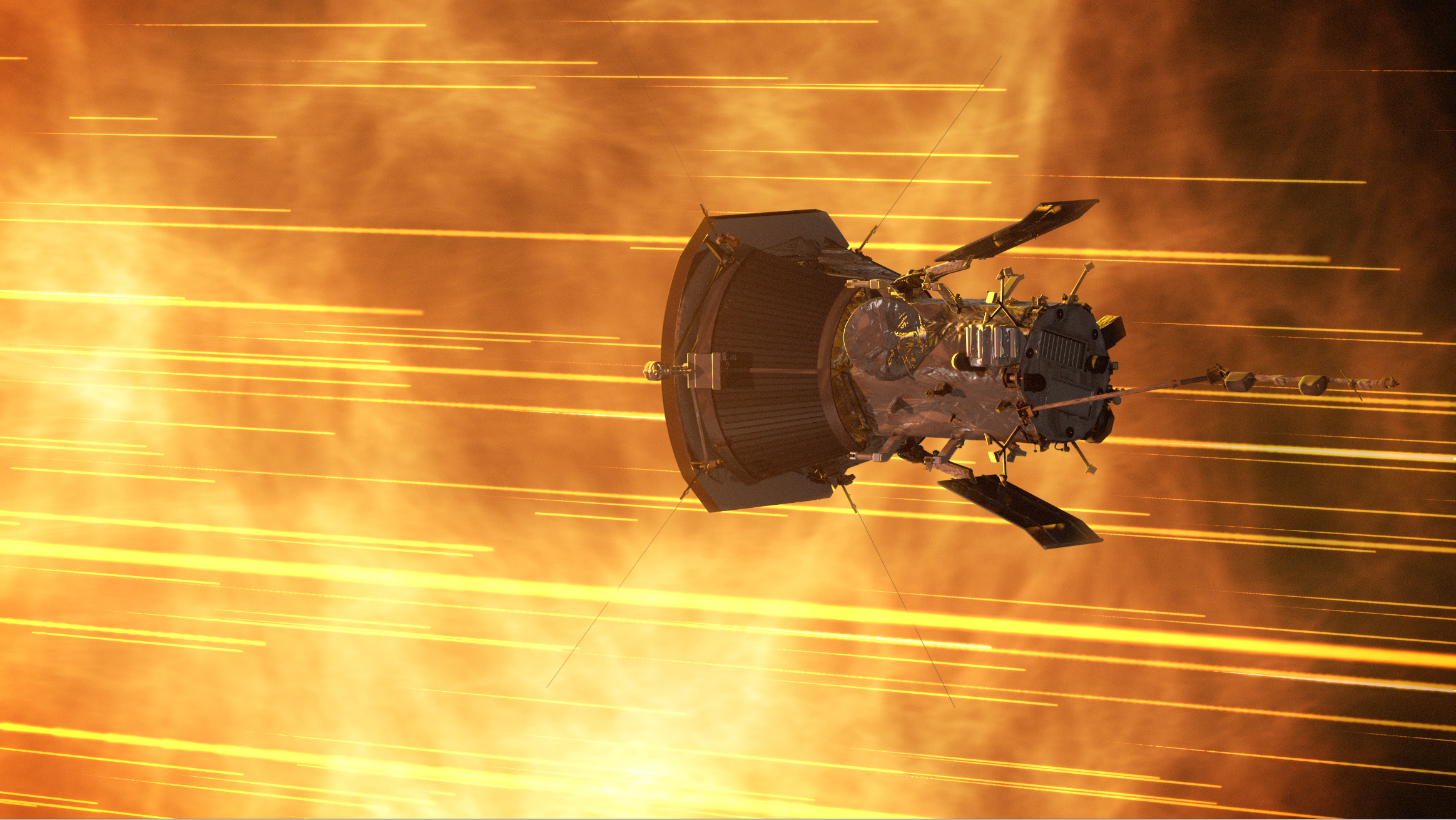Advanced Air Mobility (AAM) will provide new air transportation options, but in order for these future-generation aircraft to share our skies, they must be quiet. NASA is working toward that goal, developing design tools manufacturers can use to reduce noise impacts.
In September 2021, NASA’s AAM National Campaign and Revolutionary Vertical Lift Technology teams spent two weeks collecting data from developmental testing with Joby Aviation’s all-electric vertical takeoff and landing (eVTOL) aircraft. After analyzing that data, initial results are now ready. The team will present the full paper at a technical conference this summer.
“We will use this data to help us understand the vehicle’s performance characteristics, the acoustics profiles, as well as information that will help us develop modeling scenarios,” said Shivanjli Sharma, acting lead for the AAM National Campaign. “Not just one or two flights per day, but at the scale that we predict these vehicles will begin flying when used by the public.”
NASA’s teams will conduct similar testing during the next AAM National Campaign acoustic flight tests with industry partner Wisk.
Gathering Acoustic Data
To gather the needed data, NASA researchers deployed the agency’s specialized Mobile Acoustics Facility to Joby’s Electric Flight Base near Big Sur, California.
The mobile facility contains wireless acoustics measurement systems that researchers can arrange into different arrays to capture the acoustic footprint – the aircraft’s acoustic profile in different phases of flight. Researchers can change the array size and shape depending on the test’s requirements, the vehicle they are studying, and the geography of the test site.
The NASA team constructed an array using more than 50 microphones to measure the acoustic profile of Joby’s aircraft in phases of flight representing a full AAM mission, including hovering, takeoff, cruising, and landing. The Mobile Acoustics Facility stored data gathered by the microphone array for NASA’s researchers to analyze over the course of several months.
Measuring Noise Levels
The September test was part of NASA’s work to assemble an initial collection of data from several industry-developed aircraft to understand the acoustic profiles of this new class of vehicles.
Noise has an objective and subjective component – how it sounds versus how a listener perceives it. For this testing, NASA is focusing on the objective component. This includes collecting acoustic pressure measurements, which can be converted to decibel levels and frequencies. Decibel levels from an aircraft can differ due to many factors such as aircraft speed, weight, number of rotors, variation in rotor speeds, and atmospheric conditions such as weather.
Traditional aviation and industry use noise information to develop today’s routes for transport aircraft that minimize noise impact. This data will inform similar methods for AAM vehicles.
NASA’s Path Forward
According to community studies, public concern with integrating AAM vehicles into the airspace commonly includes whether the vehicles will be too loud. NASA seeks to collect and analyze data from eVTOLs like Joby’s to ensure that the agency’s aircraft design tools correctly predict noise levels for these types of vehicles. With tools that predict noise correctly, manufacturers can design their vehicles for quiet operation in urban and rural areas.
The data will also help define and optimize AAM routes and low-noise flight paths for community needs and assist the Federal Aviation Administration (FAA) in policy creation. Everything learned through these tests will inform the FAA’s ongoing work with operations and airspace integration.
Both Joby and NASA will release further details on procedures and measurements in technical papers to be presented at industry conferences this summer. A similar process will be followed after other industry partner testing.



































